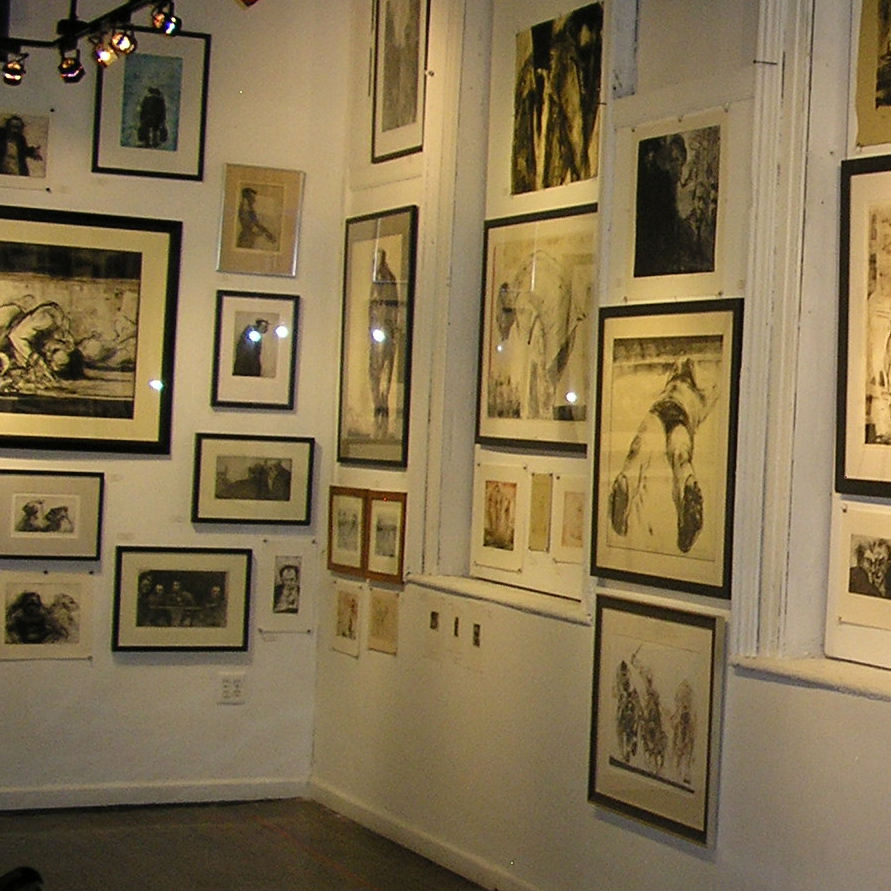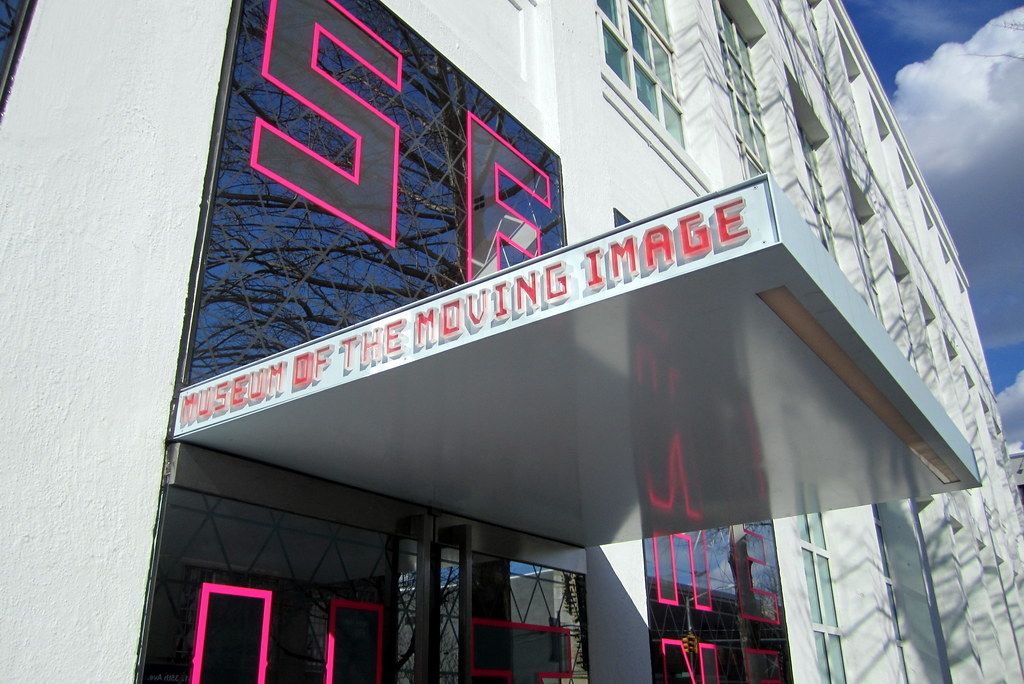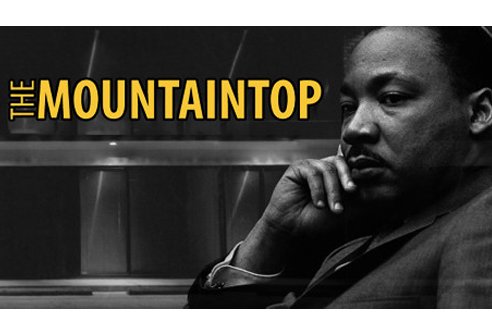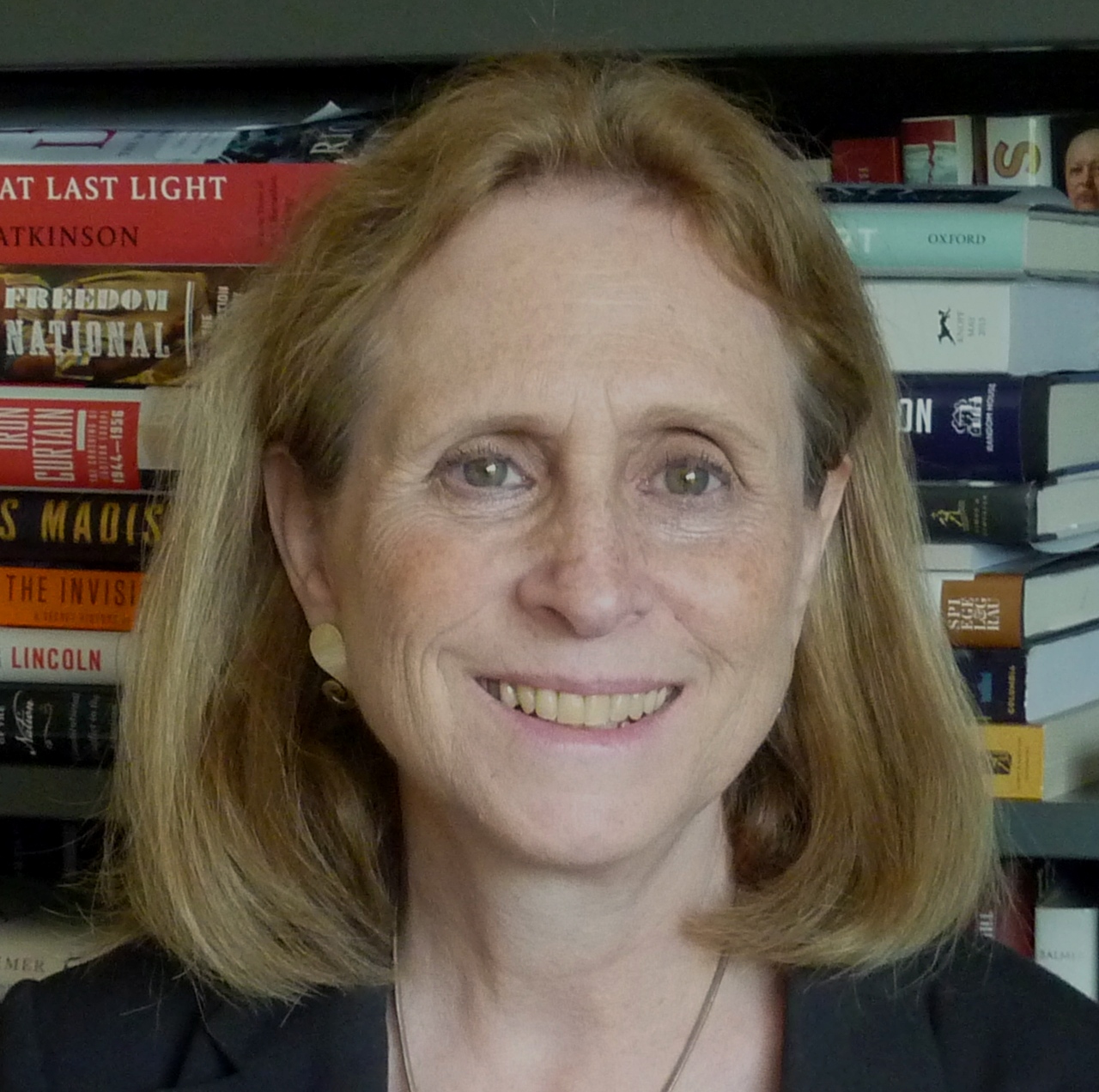Introduction:
Art comes in many forms. Art can be used to convey a lot of messages. In Seminar 1, the Arts in New York City, we will look at some of these art forms and learn to analyze them. We are going to learn about how art connects to the city. New York City’s diversity leads to many art forms thriving here. We are going to tap into New York’s cultural reservoir, enabling us to experience the world for the price of a metro card. Museums such as the National Museum of the American Indian and the Metropolitan Museum of Art give us a look back in time. Modern venues, like cinema, are a slice of life in the present. Art can be used to convey political messages. Art can be meant to shock and offend, or to soothe and comfort. Most of all, in a stressful world, art can be a way to express and release emotion. I chose nine events and exhibits that hopefully present the arts in a meaningful, thoughtful way.
Events
I. National Museum of the American Indian
Date: Independent visit, weekend before February 14
Location: Alexander Hamilton Customs House, One Bowling Green New York, NY
Price: Free admission
In the well known museums at the city’s heart, the art and culture of America’s original inhabitants is often overlooked. Here, in this museum, it is front and center. It displays the art and culture of Native Americans from the Inuit to the Aztecs. The habitat and the resources available heavily influenced the mediums being used. A lot of the items on display once had a utilitarian purpose for daily activities. The museum showcases the work of modern Native American artists, providing a window into their perceptions of the country they inhabit and of themselves. The art of Native Americans meets the political and economic history of the United States. The National Museum of the Native American is placed inside the Alexander Hamilton US Customs house, a center of American trade. An interesting juxtaposition to the museum is the mural depicting early European explorers.
Readings:
The Head of National Museum of the American Indian on what we should all know

II. The Metropolitan Museum of Art
Date: February 14, class time (meets at 2:00 pm)
Location: 1000 5th Avenue, New York, NY
Price: Free Admission
The Metropolitan Museum of Art is an astounding array of diverse cultures throughout history. Almost every culture and time period is represented. I used to visit often when studying the ancient Greeks and Romans. I hope that students develop their own personal connections to art. This museum is internationally famous on par with the Louvre, or the British Museum. The space inside is expansive and overwhelming. I want to expose students to this expanse of space and time. In order to cover as many cultures as possible, the class will divide into groups, each visiting an exhibit, culture, or time period of their choice. At the end, the class would regroup, each division reporting back to the class at large. Through the art, one can observe how each culture through time views themes like religion, and how these views shaped their lives.
Readings:
Metropolitan Museum of Art refuses to remove controversial painting of girl
The link between art and history

III. The Society of Illustratos
Date: February 28, class time (meets at 2:00 pm)
Location: 128 East 63rd St (Between Park and Lexington Ave) New York, NY
Price: $3 per student (group rate)
Think of these names: The Simpsons, American Dad, Bob’s Burgers, and Rick and Morty. These cartoons make us laugh, cry, think, and feel. These cartoons bring us together. Comics and cartoons convey messages that are easy to see and understand. Political cartoons are used to make statements about the government and current events. Comic art reaches more people than the items in museums. It is more widely distributed and more relatable than any other art form. Cartoon art is the art of the people. However, this art form is often overlooked in well known museums. The Society of Illustrators brings this art form into the spotlight. It highlights cartoons from artists like Thomas Nast and Anatol Kovarsky, a cartoonist for the New Yorker. As a cartoonist myself, I have a personal connection with this museum and this art form. By exposing students to cartoon art in the formal setting, I hope to teach students to analyze it and infer the cartoonist’s intentions and opinions from it.
Readings:
Why Cartoons Are Powerful Communication Tools
Watch an episode of your favorite cartoon and analyze it. Make note of the artist’s style and possible opinions.

IV. Cinema and Adaptation: A Wrinkle In Time
Date: March 14, class time (The exact time for this movie has not yet been released.)
Location: AMC Loews Fresh Meadows 7, 190-02 Horace Harding Expy. Fresh Meadows, NY
Price: Approx. $13.69 per student
The silver screen has become a staple of American culture. After all, it is fun to go to the movies with friends. It is fun to kick back and have a soda and popcorn. Yet, I am not taking the students on a fun afternoon without some form of arts education thrown in. I am going to ask students to analyze the film and analyze the director’s choices. I am going to ask that students infer why the director made that choice. Film evokes thought. Why did the director choose the cast they did? The Seminar 1 of Fall 2017 discussed representation. Representation on the big screen, like on the stage, is important. The fall seminar also discussed adaptation, the reason I picked this movie. It is based on a popular book that most people probably read. I hope to discuss the changes that come with an adaptation that crosses media.
Reading:
A Wrinkle In Time by Madeleine L’Engle

V. The Museum of the Moving Image
Date: Independent visit, weekend before March 21
Location: 36-01 35th Ave, Queens, NY
Price: $11 per student
I chose this museum as a follow up to the movie seen the previous week. It gives an interesting look into the filmmaking process and the effort that goes into creating and producing cinematic art. This museum covers different kinds of art that go into filmmaking from animation to costume design. This museum also shows the history of film and the technological innovation that made it possible. Filmmaking is a form of art that incorporates many different arts. It is also a very new art form without the prestige of Picasso or Da Vinci. Despite its newness, it already has its masterpieces, films that evoke thought or raw emotion. Film has a versatility shared by few other art forms. This leads to the question: is film high art? Should film be placed on the pedestal earned by sculpture, painting, and opera?
Readings:
The Beginner’s Guide to the Film Making Process

VI. Opera: Elektra
Date: March 5, 7:30 pm
Location: Met Opera House, 34 Lincoln Center Plaza, New York, NY
Price: Costs are covered by Macaulay Honors College.
Operas are not events that many people often go to. Hardly anyone in college goes to see an opera. It is either not in their price range or in their schedule. Yet in Macaulay, we have the opportunity to see one. I never liked operas and I could never sit through one, but when I went to Madama Butterfly, I admired it. I admired opera as a culmination of the other art forms and I admired the talent and effort of the singers. The story of Electra is a familiar one to me. I first read Electra in high school when taking Classical Greek. It introduced me to themes such as justice, freedom, and duty. Ancient Greek culture permeates our everyday lives and is instilled in our country’s foundations. It will be fascinating to see how this ancient tale and its themes are portrayed on the stage.
Readings:

VII. Theater: The Mountaintop
Date: March 11, 3:00 pm
Location: Queens Theater, 14 United Nations Ave S, Corona, NY
Price: $20 per student
History is marked by its most important players. Historical figures become legends and heroes. Such is the case with Martin Luther King Jr. People see figures like him as near deities and overlook the human aspect. The Mountaintop shows King’s humanity and his frailties, as he is not perfect. Nevertheless, King inspires his followers with a heart of gold. The play allows the audience to live in the thick of the Civil Rights Era, to get into the mindset of the time. It is hard to understand the past from just the words in a history book. Facts don’t reveal the emotions, thoughts, and passions of the time. Theater is almost a form of time travel, a way to recreate the past for just a moment. Students can learn how the past is portrayed through performance and how historical accuracy is attained.
Readings:
Review: MLK, a Memphis motel and ‘The Mountaintop’ at the Matrix Theater

VIII. Jazz Wednesdays at the American Folk Art Museum
Date: April 25, class time (Meets at 2:00 pm)
Location: American Folk Art Museum, 2 Lincoln Square New York, NY
Price: Free Admission
People can take in art with all five senses. Jazz is distinctly American. It originates in the South from African American music. This connects with the venue it plays at, the American Folk Art Museum. While many jazz venues are hard to afford, this one is free and open. Jazz is a folk art, the music of the common people. It is meant to be open and accessible to the common people. Music as an art form is as diverse as art itself. It intersects with and is incorporated into other art forms like cinema and theater.
Readings:
American Folk Art Museum: About

IX. An Interview with Marilyn S. Kushner
Date: April 18, class time (Meets at 2:00 pm)
Photography is a new art, yet it has given people in the present day a window into the past. Daguerreotypes of Civil War scenes are seen in history books and the greyscale photos of long dead presidents are the first images you see when you search their names. Historians analyze these photos and display them for the people to see. Marilyn Kushner is one of these historians. She is the Curator and Head of the Department of Prints, Photographs and Architectural Collections at the New York Historical Society. Hearing an expert provides additional insight to the time and place in which people lived. This also allows for you to ask questions and get immediate responses.
Reading:
Marylin Kushner: A Historian Looks At Photographs
Come up with two questions you would like to ask her about photographs and art, history, or the New York Historical Society.
Note: The class is scheduled to meet at 1:40 pm, but I stated that we meet at 2:00 pm to allow extra time for the commute.


Emmalee, I appreciate how you grouped these events by genre and how you sought to extend some of the themes addressed in our seminar this fall. There’s a nice progression from visual art to film to live performance and then a return at the end to analyzing how art presents history. It’s also nice that you included a few events in Queens as well because as you know, the arts aren’t just in Manhattan. Nice work.